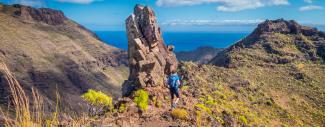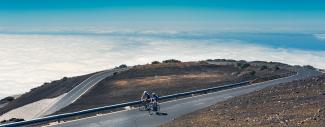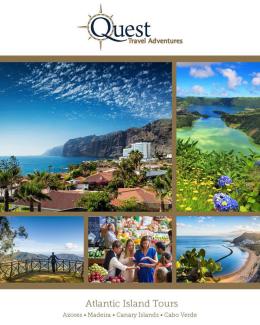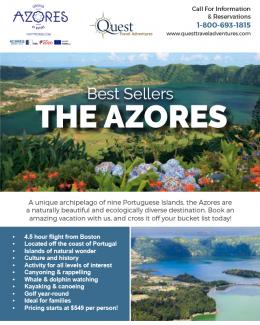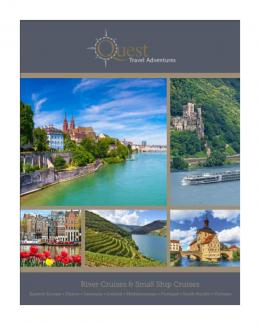Discover the Best Hiking and Walking Trails in Tenerife
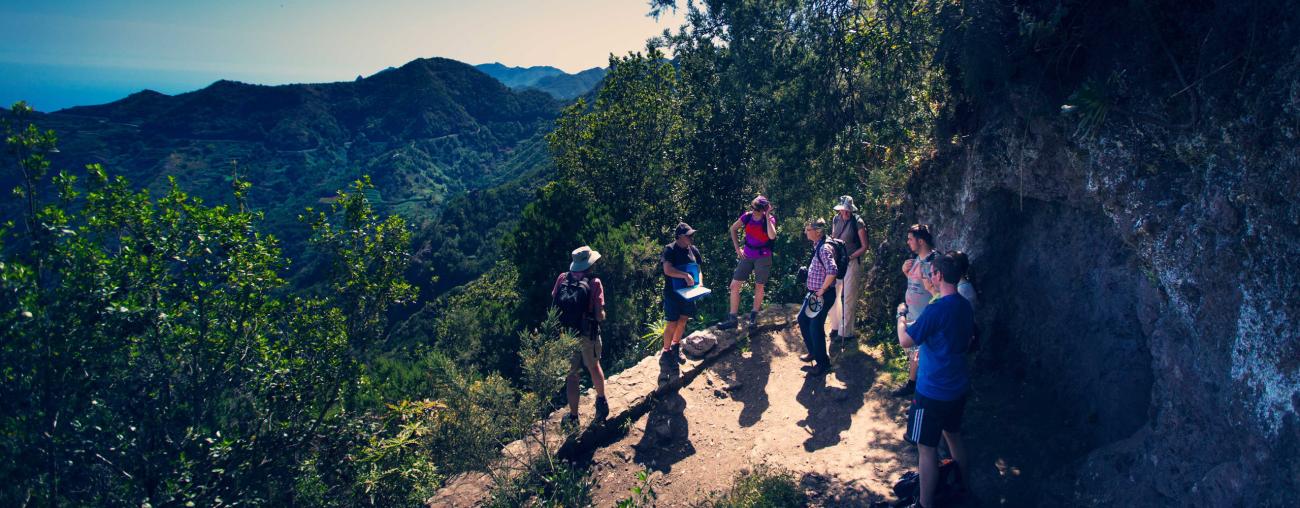
When it comes to hiking destinations in the Canary Islands, La Gomera was historically the top choice. But since the launch of the Tenerife Walking Festival in 2015, Tenerife has earned its reputation as a hiking haven, drawing outdoor enthusiasts from around the globe with its diverse landscapes and scenic trails.
Experience the Tenerife Walking Festival
The inaugural Tenerife Walking Festival welcomed 150 hikers from across Europe. The following year, the festival returned from March 29 to April 2, 2016, featuring 15 guided tours that highlighted Tenerife's breathtaking natural beauty during the vibrant spring season.
Whether you're exploring dramatic cliffs, otherworldly lava fields, or surf-battered beaches, Tenerife offers something for every hiker. Laurel forests, quaint hamlets, and flower-filled meadows complete this island’s impressive lineup of scenic treasures.
In addition to hiking, visitors can enjoy activities such as:
- Cycling
- Diving
- Kitesurfing
- Stargazing
- Relaxing with a refreshing glass of sangria
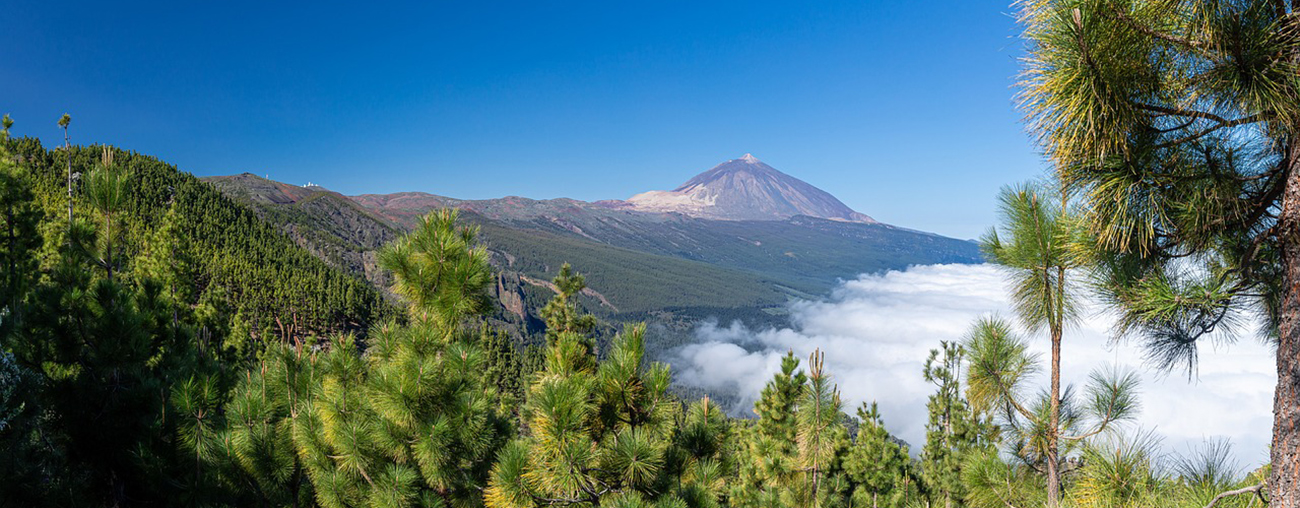
Hiking Year-Round in Tenerife
You don’t have to time your visit with the Tenerife Walking Festival to enjoy its incredible hiking trails. The island boasts 932 miles of trails, accommodating every skill level — from family-friendly paths to more challenging climbs. Guided tours are available year-round, or you can set off on your own adventure.
Here are some top hiking spots to consider:
Mount Teide and Teide National Park (UNESCO World Heritage Site)
One of Spain’s best hiking areas, this park features popular trails such as the route from Montaña Blanca to Pico Teide, offering stunning views of the park's lunar-like landscape and the Las Cañadas mountain range. You can also take a cable car up Mount Teide and hike to Pico Viejo for panoramic views of neighboring islands like La Gomera, La Palma, and El Hierro.
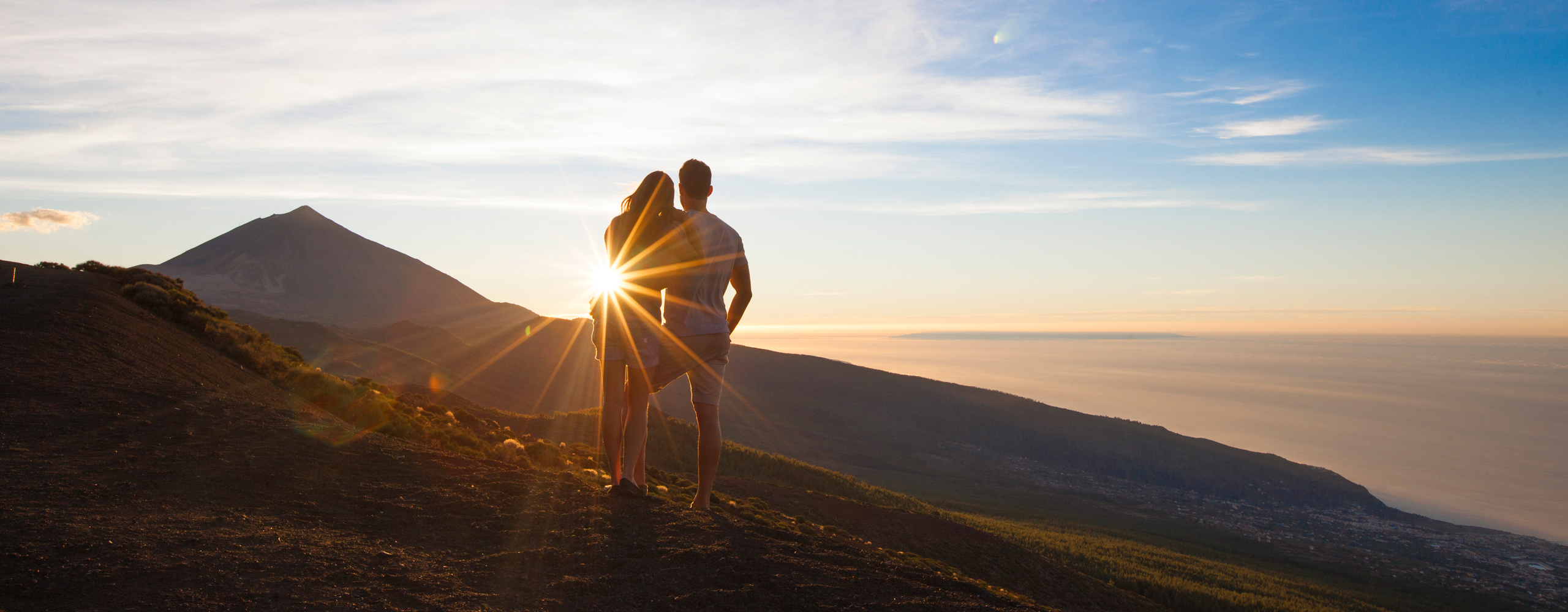
La Orotava Valley
Explore pine forests, stone cottages, and spectacular cloud formations. For family-friendly walks, start in the village of Aguamansa, where well-marked trails guide you through gentle terrain.
Teno Rural Park (North Coast)
This mountainous region, almost entirely surrounded by the sea, features lush forests and the famous Masca Gorge, perfect for adrenaline-fueled descents.
Anaga Peninsula
Hike volcanic ridges with spectacular sea views and dense vegetation. The circular route between Cruz del Carmen and Chinamada is often called the island’s best trail. In Chinamada, you'll find homes carved directly into the mountainside and perhaps even spot herds of goats along your journey.
Adeje Mountain Range (South Coast)
For beginner-friendly hikes, follow goat-herding tracks between Arona and Adeje. More seasoned hikers can opt for a trail from Ifonche to Adeje or explore routes radiating from Vilaflor, including a trail leading to the stunning pumice rock formation Paisaje Lunar.
Almond Blossom Trails (Early Year Bonus)
Visit Tenerife between mid-January to mid-February to witness almond trees in full bloom. Two top routes for this picturesque experience are:
- Ruta del Almendra (Almond Route) from Santiago del Teide to Arguayo
- The Chinyero and Volcan de Garachico Route from San Jose de Los Llanos
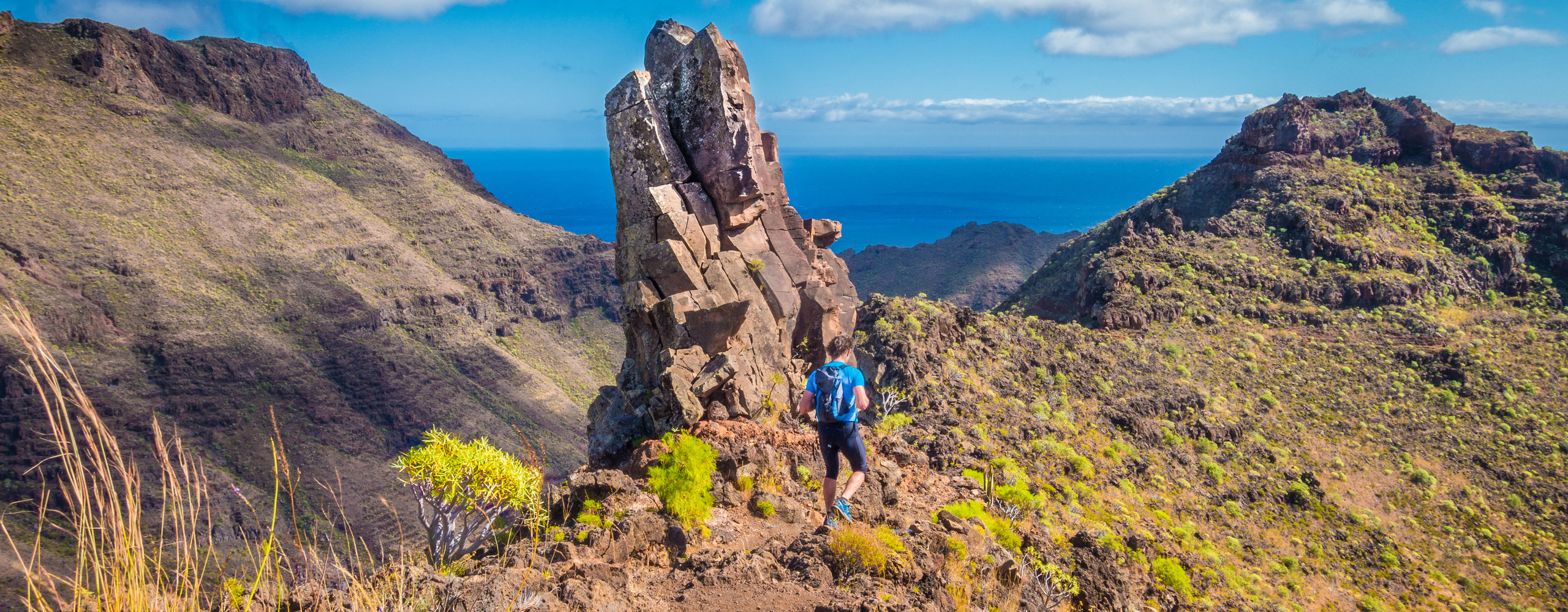
Plan Your Next Adventure
Whether you're visiting during the Tenerife Walking Festival or exploring the island at your own pace, Tenerife promises unforgettable hikes and breathtaking landscapes year-round. From volcanic ridges to coastal cliffs and serene forests, this island paradise offers something for every outdoor enthusiast. Get ready to experience the best hiking and walking in Tenerife with a customized Quest Travel Adventures Itinerary. Our most popular trips include Taste of the Canary Islands, Tenerife North, Canary Islands Adventure Seeker, and Tenerife Getaway.




